Germany PMI manufacturing dropped to 56.1 in August, down from 56.9 and missed expectation of 56.6. PMI services rose to 55.2, up from 54.1 and beat expectation of 54.4. PMI composite rose to 55.7, up from 55.0, hit a 6-month high.
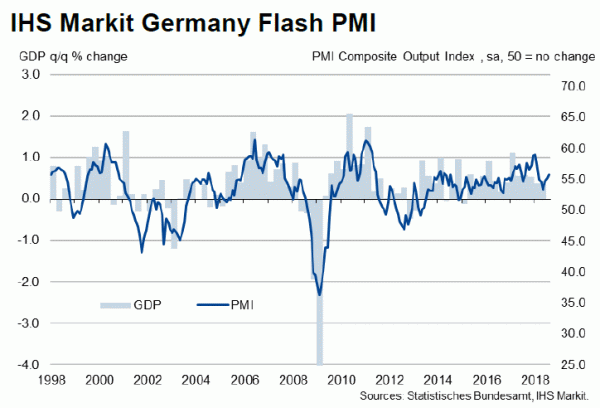
Commenting on the flash PMI data, Phil Smith, Principal Economist at IHS Markit said:
“German business continued to display remarkable resilience during August, with the latest PMI data going some way to dispel any fears about a global trade slowdown and its impact on the health of the economy.
“Buoyed by strong fundamentals in the domestic market, including rising employment and wages, the service sector enjoyed an upturn in growth in August and drove the steepest rise in private sector business activity for six months.
“While the manufacturing PMI retreated slightly, it remained well inside growth territory at the midpoint in the third quarter. The top-line number is perhaps flattered by the output component, with trends in new orders and exports – the latter the weakest in over two years – pointing to a softer pace of growth.
“Elsewhere, the survey’s measure of prices charged for goods and services edged closer to January’s survey-record peak, to suggest the potential for some renewed upward pressure on the headline inflation rate in coming months.”
Full release here.




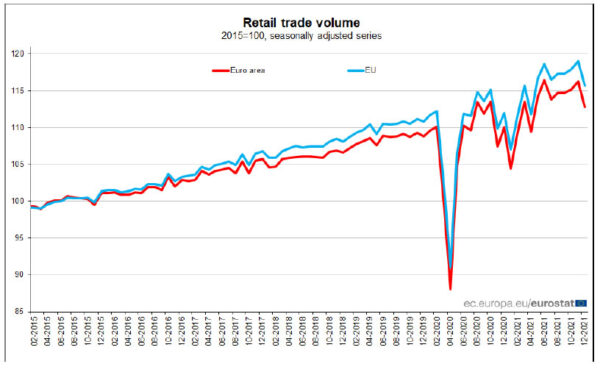
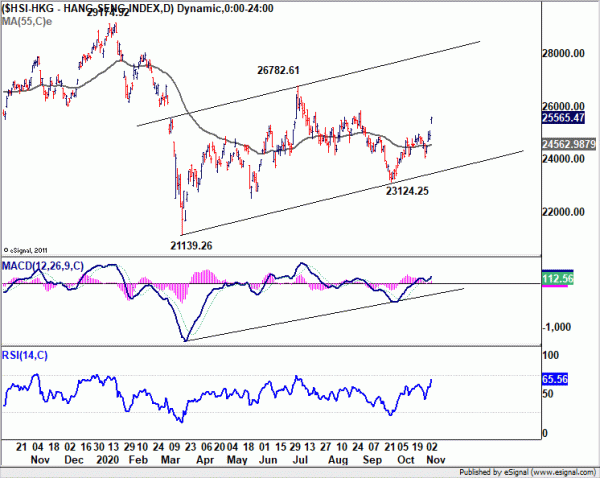
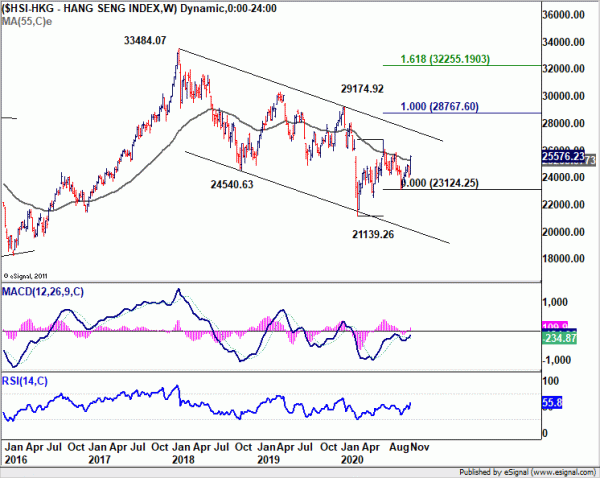
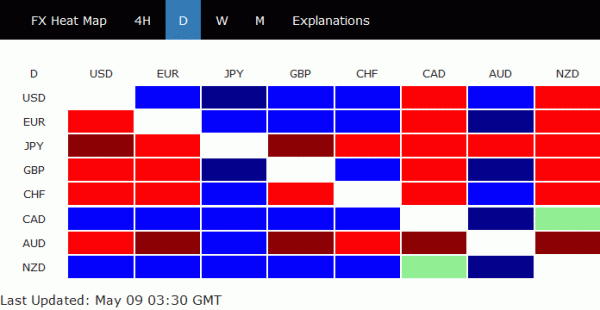
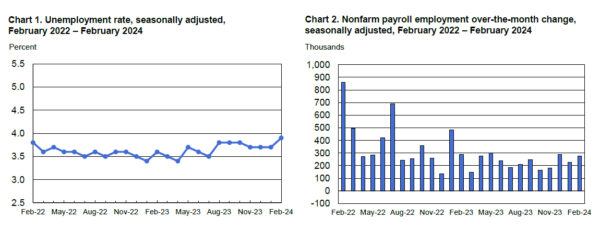
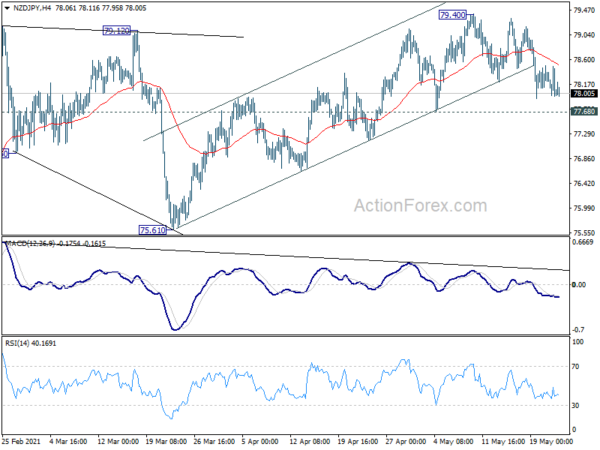
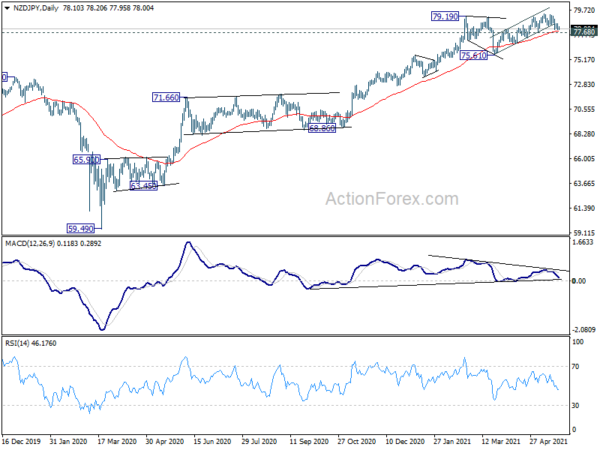
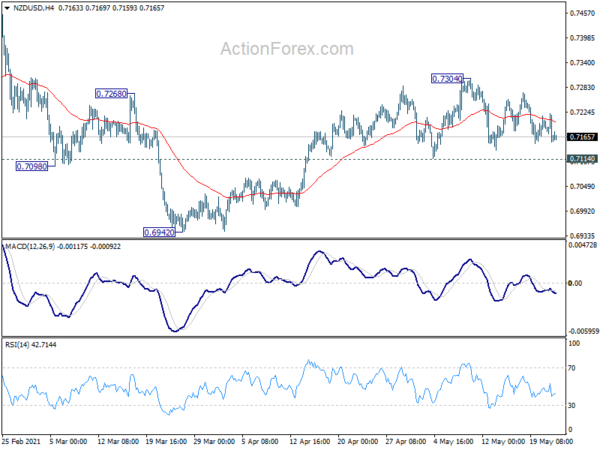
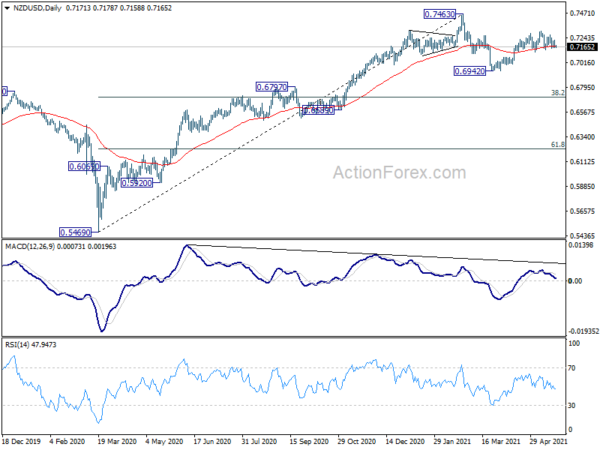
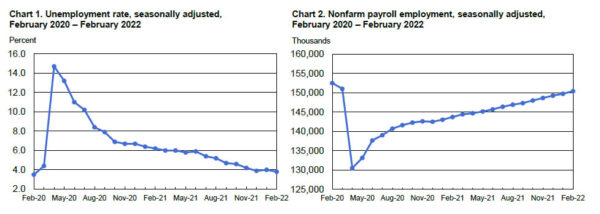
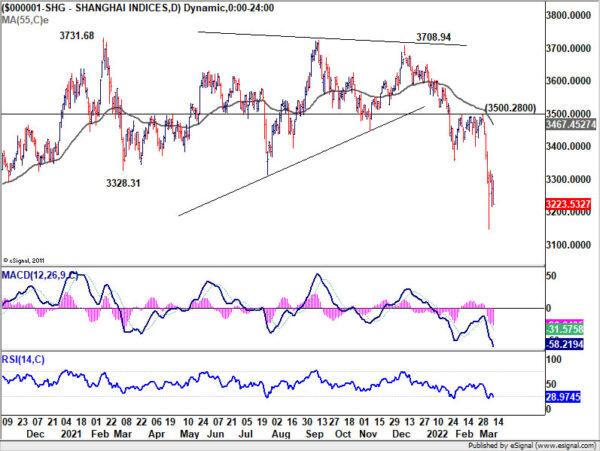
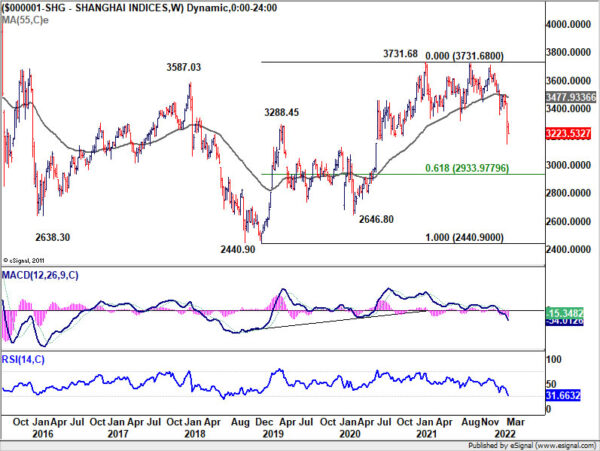

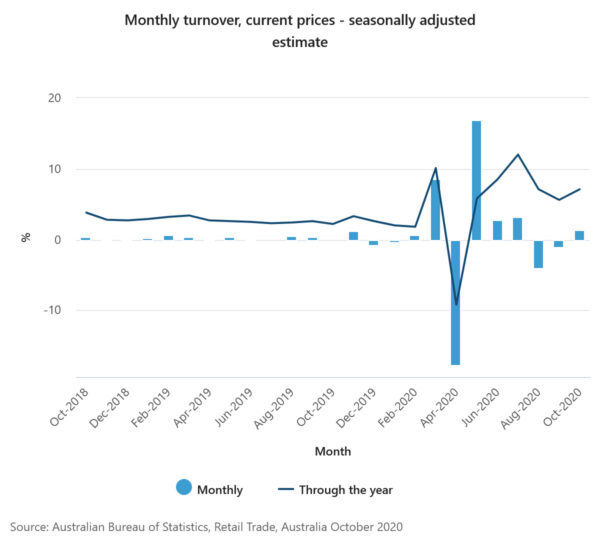
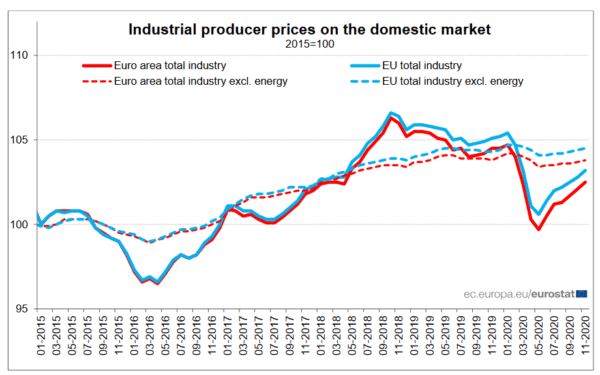

BoJ Kuroda: Premature to exit from massive stimulus program
BoJ Governor Haruhiko Kuroda, said “the economy likely hit bottom around April-June and is expected to continue improving as a trend. That will help price growth turn positive and gradually accelerate toward our 2% inflation target.”
“If inflation hits our 2% target and an exit from our massive stimulus program comes into sight, there will certainly be debate on how to end our ETF buying. But it’s premature to do so at this stage,” he added.